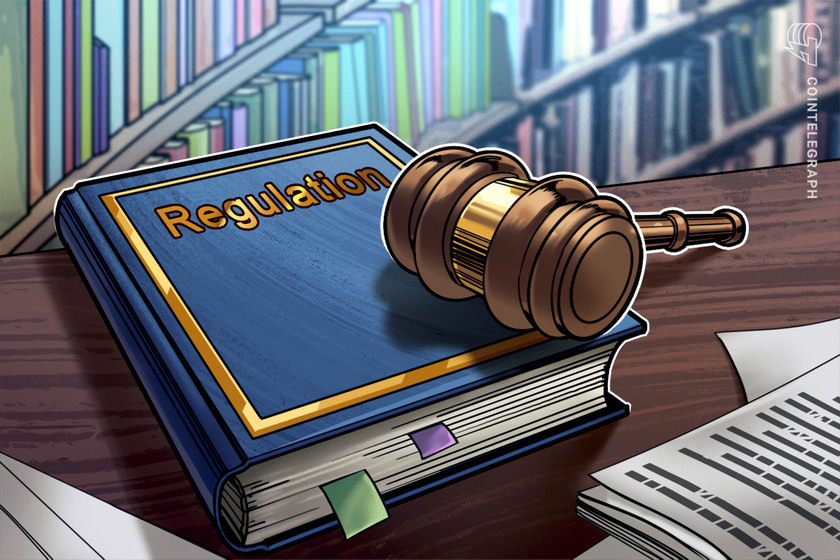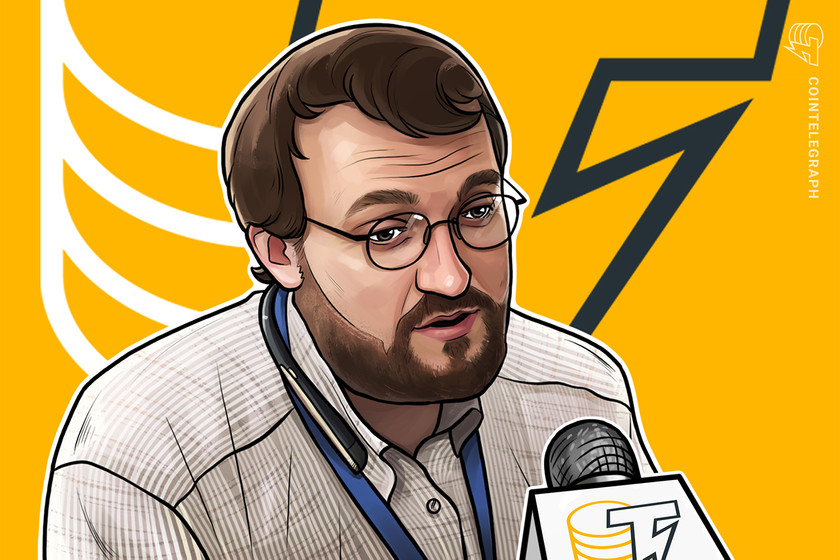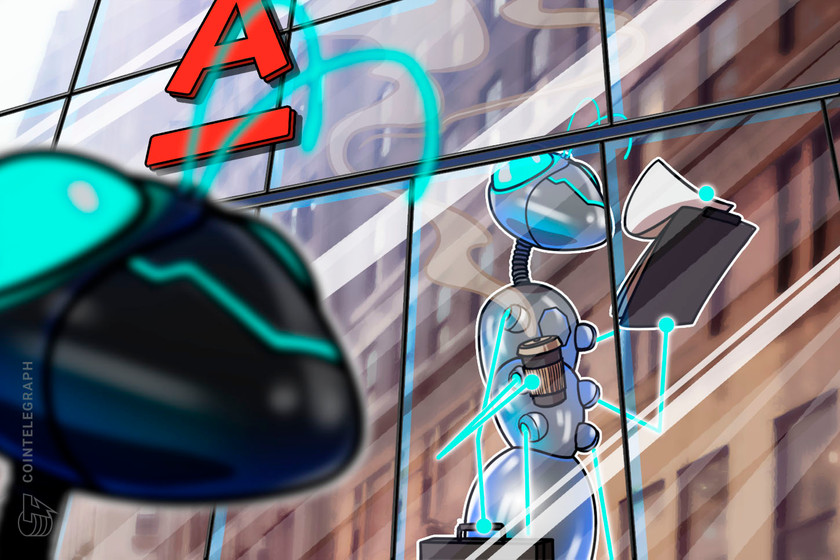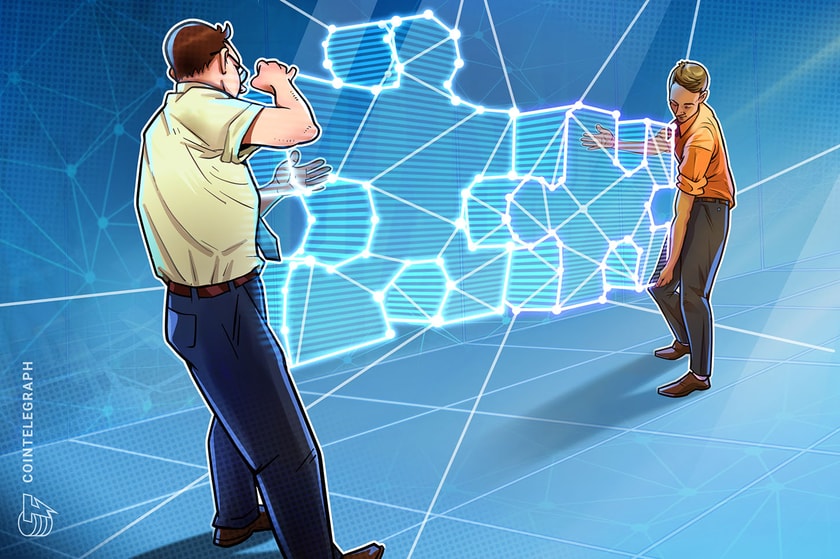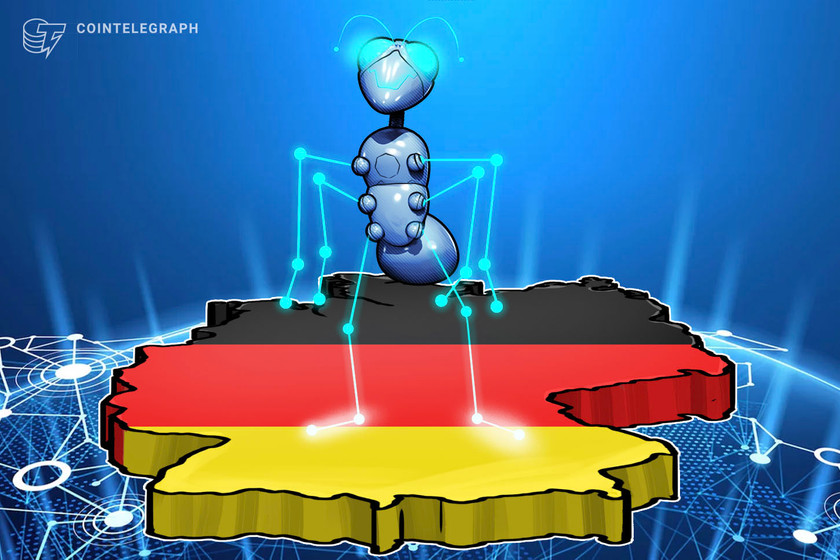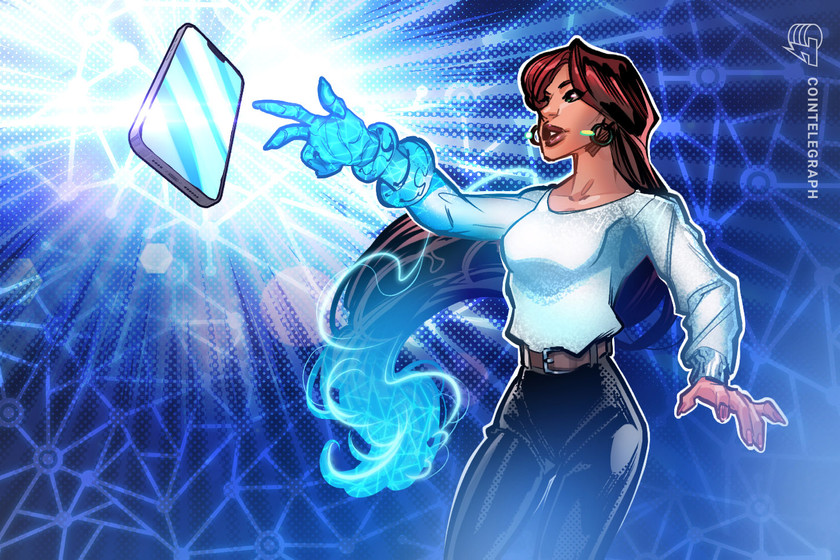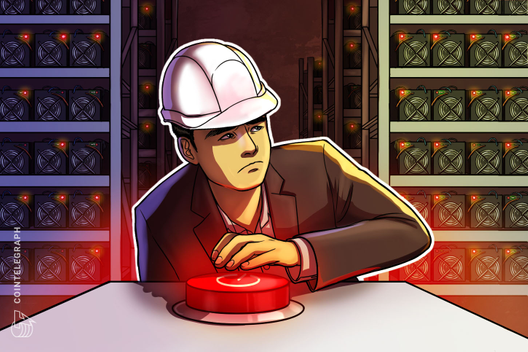Breaking virtual ground: Blockchain-secured land entices real estate investors
In the “real” world, real estate has historically been seen as a viable investment. Individuals and corporations usually purchase land and property either for development or to sell at a higher price in the future.
With the world becoming increasingly digitized, it appears that the trend of ascribing significant value to land and property has been spreading to the virtual scene. At the intersection of emerging tech like virtual reality and blockchain, developers, investors and hobbyists alike are creating a vibrant virtual real estate market.
While VR provides the tools to visualize these digital spaces, blockchain technology is acting as a base layer for the monetization of virtual real estate. With the fallout of the coronavirus pandemic causing a pivotal move toward more digital forms of human communication, interactive virtual worlds may provide a safe space for the preservation of numerous social constructs.
Second Life and Linden Dollars
Virtual real estate is by no means a recent phenomenon. ity simulators like SimCity have been around for decades. In 2003, a 3D virtual environment called Second Life arguably kickstarted the monetization of virtual real estate as users rushed to acquire digital land using the platform’s native currency, Linden Dollars. Second Life’s run was before the advent of Bitcoin (BTC); nevertheless, the project saw users buy, sell and lease properties, as well as run businesses on virtual land.
The platform soon declined, as other immersive and interactive virtual real estate projects emerged. However, at the height of its popularity, Anshe Chung, a “Second Lifer,” became a millionaire from selling digital real estate.
Virtual land as a commodity
With the coming of blockchain technology, VR platforms like Somnium Space and Decentraland enable users to acquire and monetize plots of virtual land. Recently, Whale — a nonfungible token vault — became the second-largest holder of virtual land in The Sandbox game.
Binance Launchpad hosted The Sandbox initial exchange offering back in August with the token sale event raising about $3 million. Binance is also an investor in the project, having bought over 4,000 Land tokens earlier in September.
Commenting on the growing popularity of virtual real estate, Joseph Madding, a marketing and PR consultant at The Sandbox, remarked that investors are becoming more open to the idea of digital land as a viable investment, telling Cointelegraph:
“Virtual Real Estate is definitely becoming more popular. Over the last 10 weeks, we’ve seen over 1,000% more users interacting with our Telegram chat, Discord, Twitter and other social media platforms and have expanded our community management to match the increasing demand. In terms of virtual land as a commodity, we’ve seen our LAND that originally sold at roughly $370 resell for over $2,000 for what we would sell as a small estate. That’s astonishing and shows huge community interest for our NFTs.”
Indeed, the rush for virtual land assets is only the latest in the established trend of digital real estate selling out quickly. In March, VR world Somnium Space sold 110 Ether worth of virtual land in the first week of a planned, 10-week offering at the time.
Upon opening its platform in February, Decentraland saw users purchasing millions of dollars’ worth of digital acreage. In 2019, a portion of the “Genesis Plaza” estate in the Decentraland metaverse called Estate 331 sold for about $80,000, becoming the second-most expensive NFT of 2019.
Expanding digital property landscape
While it is common to see projects pursuing the tokenization of real-world commodities, the emerging virtual real estate space is creating a self-contained digital economy. With blockchain technology as a base-layer, these platforms can monetize digital land, enabling users to trade assets within the metaverse.
Apart from early adopters acquiring virtual land in the hopes of seeing assets appreciate over time, some individuals and organizations have been developing these assets. The process works similarly to real-world real estate development with the establishment of commercial and residential complexes, industrial zones and parks, among others.
Part of the allure driving the desire to own virtual land appears to be based on optimistic projects about the viability of VR technology. According to a study published in August, the combined VR and augmented reality market is estimated to be worth $20.9 billion by 2025, with companies in China and India expected to drive this significant growth in the next five years. Head-mounted displays are becoming increasingly popular among game developers and enthusiasts alike. With advances in 3D technology, manufacturers are becoming better at creating HMDs that deliver a more immersive and interactive VR experience.
Meanwhile, for blockchain projects, in general, scarcity plays a major role in driving value for their native tokens. As is the case with the real world, for real estate holdings to remain valuable, virtual land on these metaverses needs to be finite.
The monetization of virtual real estate also offers another tangible use case for NFTs. Digital land developers are creating malls, boutiques, shops and other retail outlets where they sell electronic merchandise like fashion items, rare cards, concert tickets, etc. For game developers, the marriage of VR and blockchain technology is creating the opportunity to enjoy “all-digital” gaming. Commenting on the benefits of fully digital environments, Madding argued:
“As a game developer, virtual real estate provides a nearly no-risk platform for publishing your games. With NFT technology, you’re not publishing on just an App Store anymore and you’ll have true ownership over the space in which you design and publish your game. As a consumer, owning LAND feels like buying any physical video game, and if you find yourself wanting to do something new, you can either design something completely new with our free tools, or you can resell the digital real estate just like you’d sell any physical copy of a game.”
Life after COVID-19
The COVID-19 pandemic brought about sweeping changes to human interaction, and the utilization of virtual forms of communication has taken center stage. As shutdowns continue across the world, organizations have been utilizing electronic video conference solutions for meetings. Tech giants in the United States have even issued work from home orders with reports of the practice expected to continue regardless of whether scientists come up with a vaccine for the coronavirus.
Conferences and meetups are a ubiquitous occurrence in the crypto and blockchain space. However, due to COVID-19 restrictions, it was not possible for people to physically attend many such events in 2020.
To navigate this hurdle, organizers and attendees flocked to the virtual realm, sporting creative avatars to discuss important issues in the industry. These events pushed the boundaries of electronic interaction from utilizing third-party messaging services to people interacting in a fully digital space.
According to Madding, the established social construct is becoming more open to digitization: “As the years go by, large social events like we see in Epic Games’ Fortnite may certainly be more and more common, and we hope to lead the way and see these amazing social spaces sprout up in our Metaverse.” For Artur Sychov, the founder and CEO of Somnium Space, the appeal of virtual real estate has been growing, telling Cointelegraph:
“We do see an increased interest in Somnium Land Parcels (PARCEL) because more and more people realize real use cases they can deploy and use those parcels for. Examples are talk shows, art galleries, cinemas, fitness clubs, crypto exchanges and more are already deployed inside our virtual reality world.”
As developers create more immersive and interactive virtual environments by solving issues such as display latency, it may become possible to have almost every social activity taking place in the digital space. Such solutions might even tie-in with the growing NFT marketplace for items like concert and theater tickets.
Related: NFT Floodgates Open With Impressive Lineup of Blockchain Games in 2020


